Extensively curated exhibition brings IP offscreen with lifelike replicas of its iconic scenes, Li Yingxue reports.
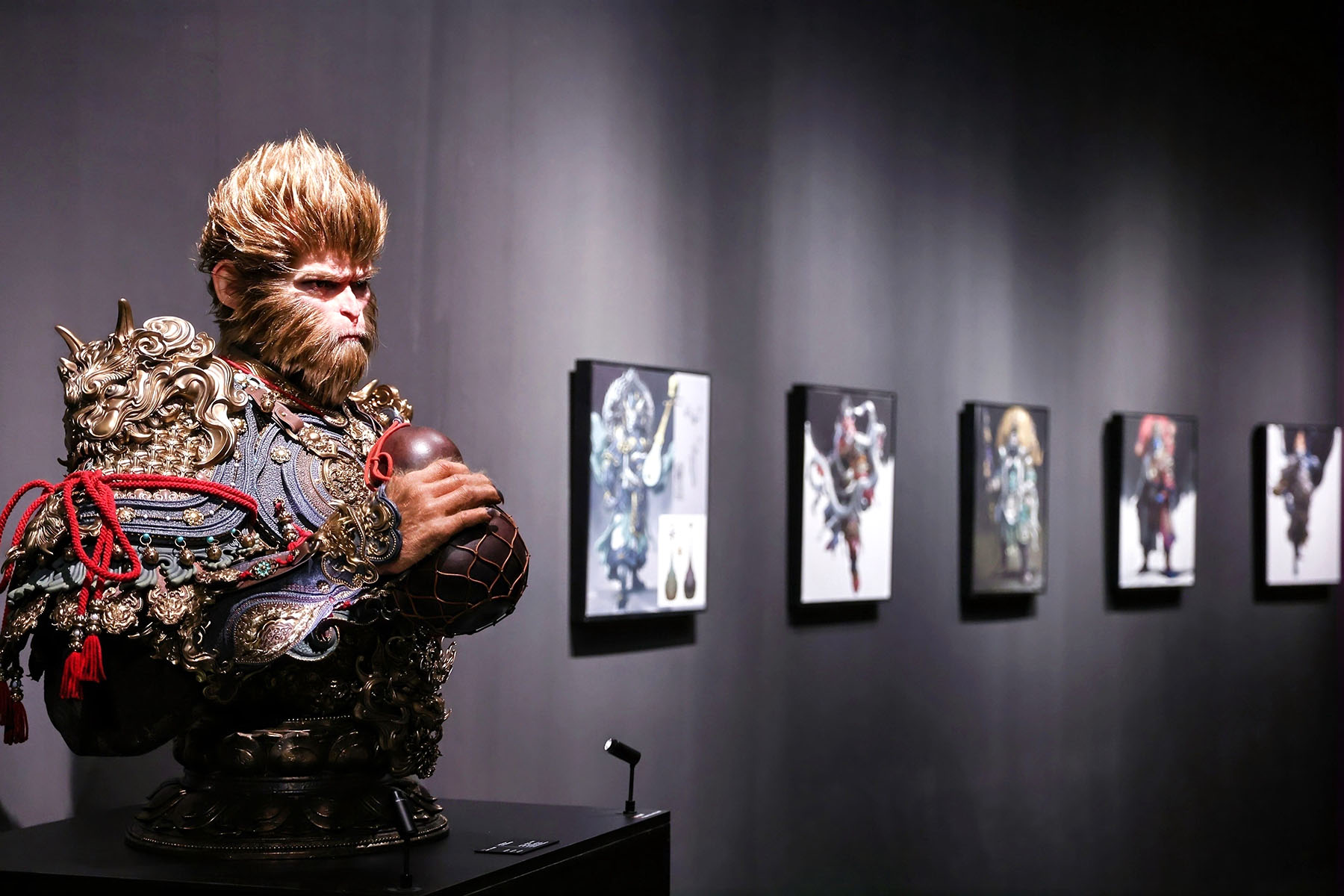
For fans of the blockbuster action role-playing game Black Myth: Wukong, its mythical landscapes, intricate props, and larger-than-life characters have long been familiar, albeit only through a screen. Now, visitors can step into that mythology, literally, until May 21.
At the Art Museum of the China Academy of Art in Hangzhou, Zhejiang province, a stunning exhibition transforms pixels into physical presence. Visitors can walk through lifelike recreations of the game's iconic scenes, admire detailed concept art, and even come face-to-face with a life-size replica of the Destined One, a mysterious figure closely linked to Sun Wukong, or Monkey King, the legendary figure from the literary classic Journey to the West.
READ MORE: Video game based on classic novel goes viral
The Black Myth: Wukong Art Exhibition isn't just a side event. It's a cultural extension of the game's runaway success, drawing thousands who want to see, touch, and live in the world they've only explored on screens.

Released seven days in advance, tickets are consistently sold out within seconds and many eager fans are staying up late into the night to grab them the moment they go live. Fans also flock to social media platforms like Xiaohongshu, also known as RedNote, to share strategies for securing a spot.
User "MengmengHao" wrote: "It was unbelievably beautiful and breathtaking; definitely worth staying up until 2 am scrolling on my phone to get tickets. Whether or not you're a gamer, it's worth a visit. You can truly feel the charm of Eastern culture behind the game."
Designed around the game's world, the exhibition aims to dissolve the boundary between digital and physical art. It showcases around 900 items that invite visitors into the creative process, including never-before-seen original artwork, fieldwork photos, character models, statues and a wide range of collectibles.
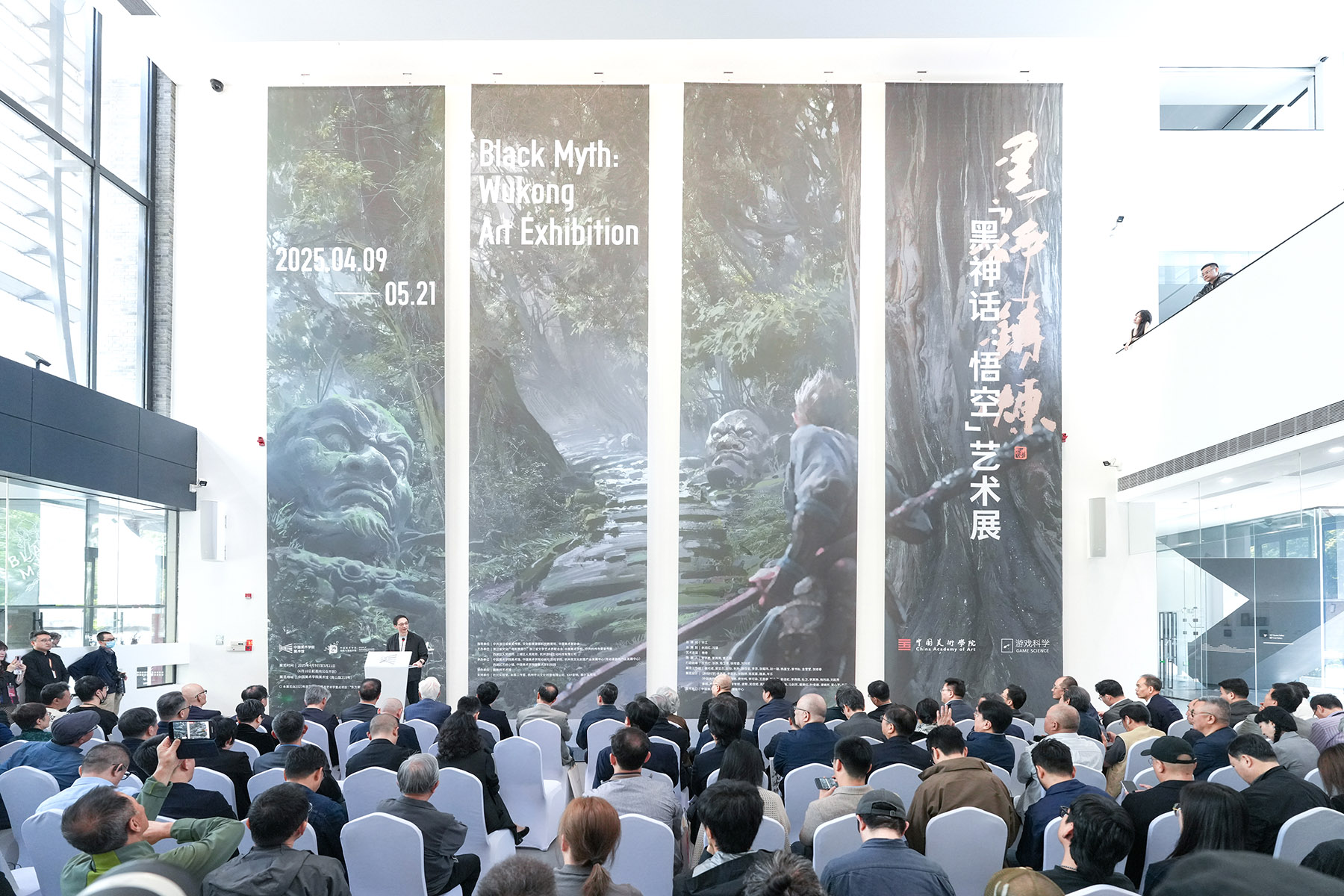
Shared reminiscence
The exhibition offers more than just spectacle; it's an immersive narrative space and a curated walk through myth, memory and digital artistry.
Curator Xuan Xuejun, deputy dean of the School of Animation and Games at the China Academy of Art, describes it as an interactive retelling of the game's structure, where visitors retrace the Destined One's journey chapter by chapter.
"Many visitors come in groups, often fellow players, who reminisce about their in-game experiences as they view the exhibits. The exhibition becomes a journey of shared memories."
In addition to over 400 pieces of original concept art, the exhibition features more than 200 physical objects, creating a spatially immersive environment.
To deepen the experience, it also introduces meditation zones replicated from the game's slower, contemplative moments.
"The physical meditation experience is very different from in-game meditation," Xuan explains. "In the exhibition space, visitors can sit in front of large screens that randomly display dozens of meditation scenes from the game. It's our way of showing that meditation is also a part of traditional Chinese cultural practices."
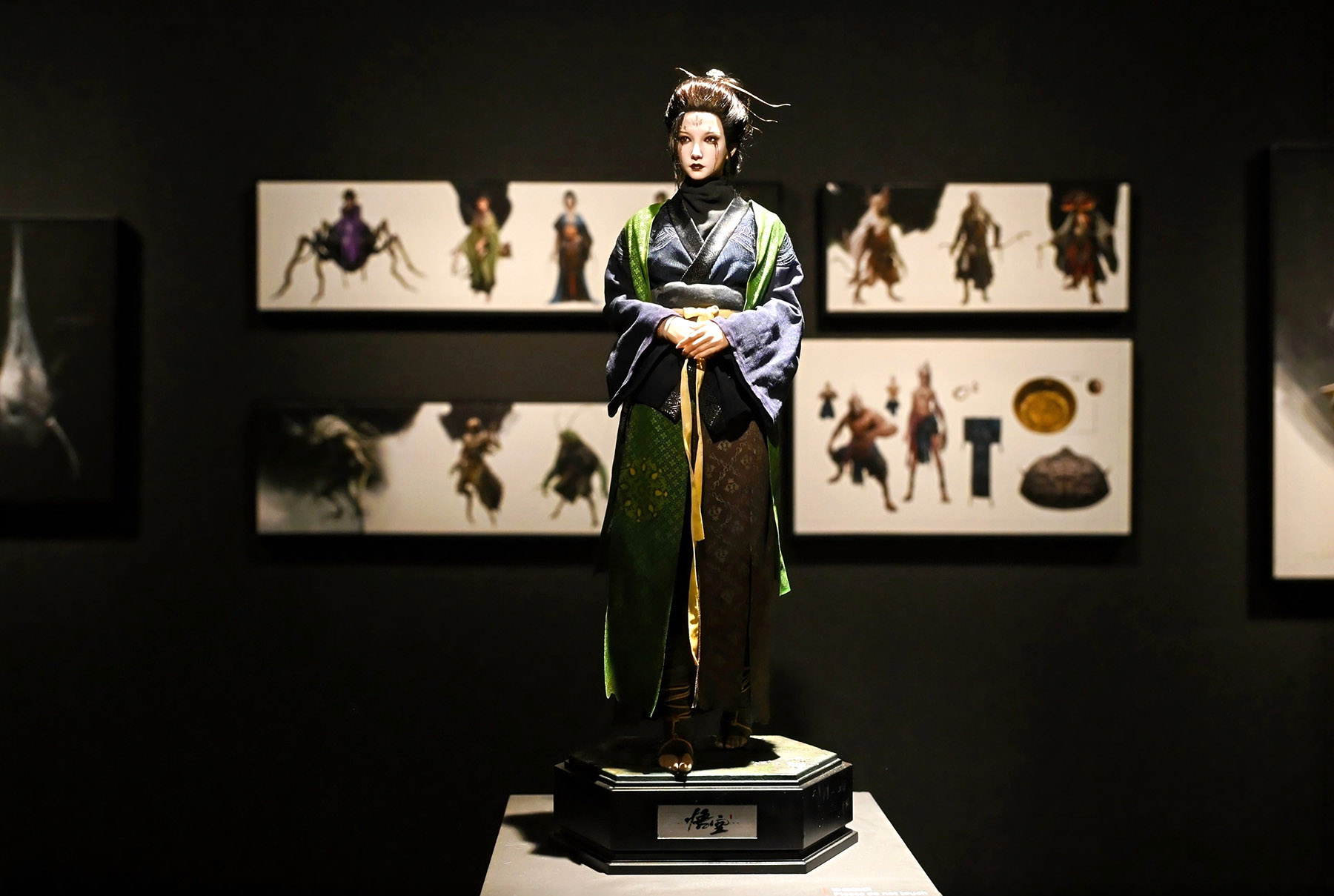
The show has drawn a surprisingly wide audience. Families, older visitors and schoolchildren fill the halls, many of whom are unfamiliar with the game but eager to explore its world. Xuan also notes a striking trend — a high proportion of female visitors, far exceeding the game's female player base.
"The game's player base is relatively niche, but the exhibition has proved to be broadly appealing, being intergenerational," he says. "We had entire elementary school classes come. I believe this reflects how games can serve as an entry point for aesthetic education in a museum context."
The exhibition also dives into Journey to the West as a long-standing cultural symbol, showcasing everything from Dunhuang murals and 1950s illustrated books to Japanese games and stop-motion animation from Havoc in Heaven.
"The aim is to show that Journey to the West has long served as a key reference point in both international promotion and the domestic continuity of Chinese culture," Xuan explains. "Whether in the arts or everyday life, this IP remains a powerful cultural presence."
Xu Jiang, vice-chairman of the China Federation of Literary and Art Circles, echoes this view, noting that the exhibition taps into something deeply rooted in the Chinese imagination.
"For many Chinese people, their earliest childhood hero is often Sun Wukong, the shape-shifting, cloud-leaping trickster who embodies limitless imagination," Xu says.
"The exhibition feels like a massive game production factory. As visitors move through the space, they come face-to-face with intricate portrayals of humans, gods, demons and monsters, and gain close-up insights into the cultural narratives and technological innovation behind Black Myth: Wukong. It's a game-themed journey into the mythology behind the myth."
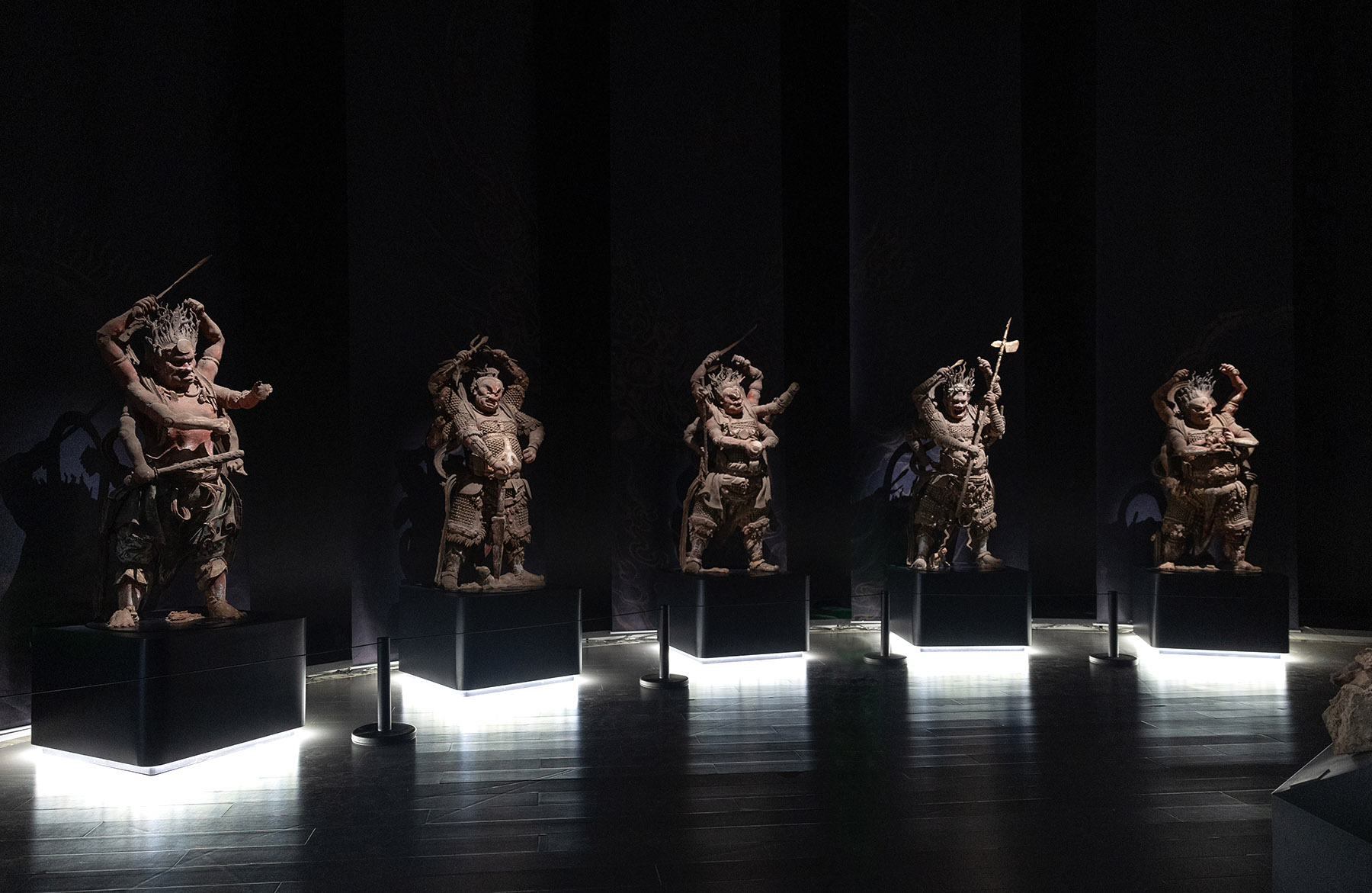
Changing curriculum
For Xuan and his students, this isn't just an artistic showcase, but a semester-long masterclass in game development, design, and curation.
Riding on the game's breakout success last year, Xuan proposed the idea of an exhibition in October. The plan was finalized by the end of 2024, and preparations began in earnest before Spring Festival.
Over the following two months, he led a team of graduate students and young faculty to bring the project to life, with close collaboration from the game's Hangzhou-based developer Game Science.
Many of the physical props on display were custom-made by top-tier domestic production companies or Game Science's in-house teams. The production quality far exceeded typical player expectations, Xuan says.
For Xuan, the exhibition is more than a showcase. It's a classroom. "This exhibition is a vivid and dynamic form of practical education," he says. "It was designed to help students gain a deeper understanding of games not just as players, but as future creators."
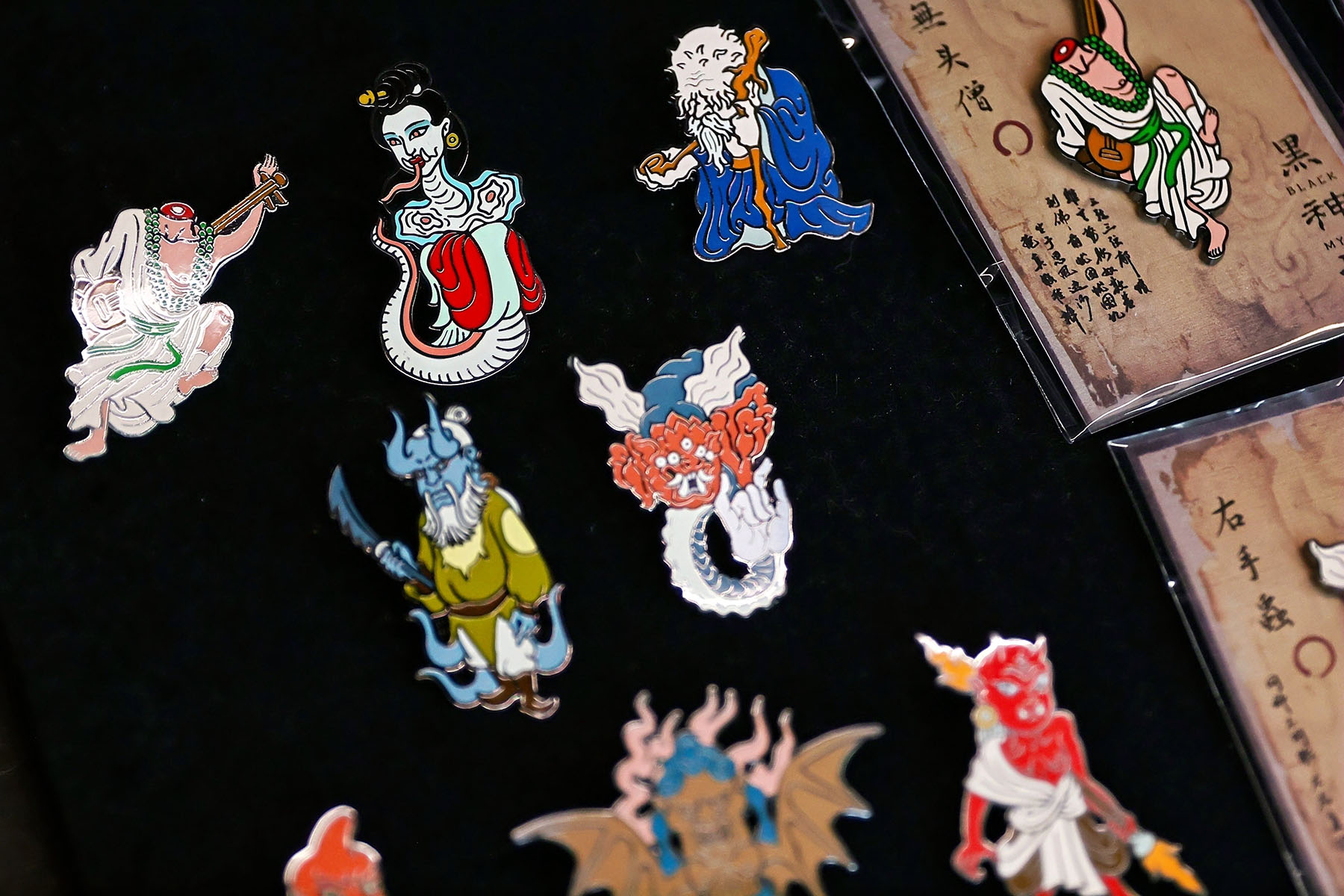
Established over 20 years ago, the School of Animation and Games, where Xuan works, has long been a pioneer in China's game education.
By involving students in curating the exhibition, the school offers a rare opportunity to explore the gaming industry from the inside — how development teams operate, creative decisions are made, and a game is brought to life from the ground up. "Many students said that working on such a major IP while still in school could have a real impact on their careers," Xuan adds.
The curatorial process itself became a learning experience. "Choosing what to include and what to leave out — that discussion was incredibly valuable," he says. "This exhibition is really about excavating the behind-the-scenes story. Just as a player progresses through the game, we progressed through creating the exhibition."
At the heart of the game is Yang Qi, its art director and cofounder of Game Science. A graduate of the China Academy of Art, Yang's journey from oil painting to game development embodies the school's philosophy of integrating artistic, social, and interdisciplinary knowledge.
"Game design is a cross-disciplinary field," Xuan says. "Games can include calligraphy, architecture, Chinese painting, and sculpture. Yang studied oil painting."
For several years, Xuan has invited Yang to the school as a visiting professor, where he shares his experiences with students through intimate talks and workshops.
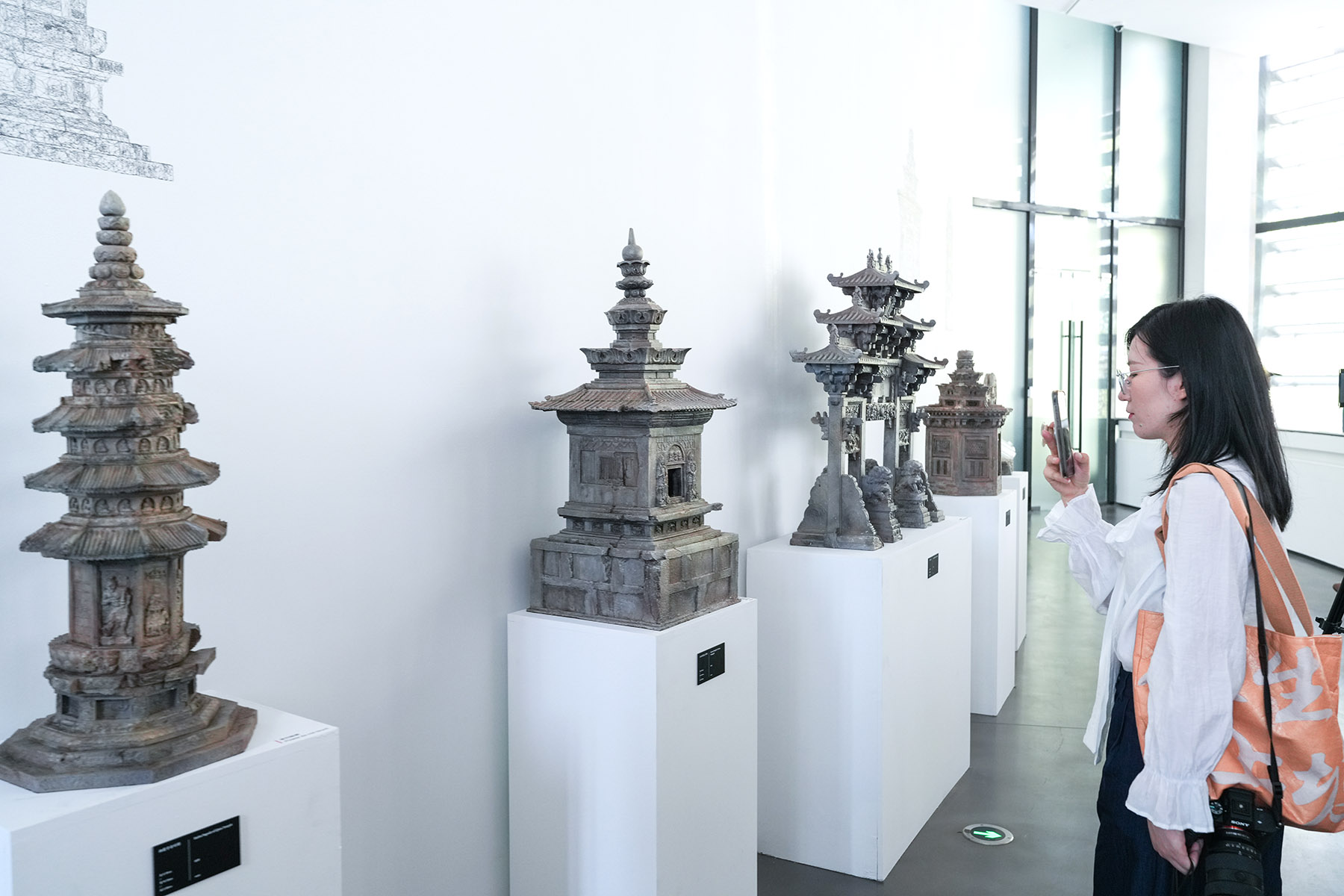
Yang's return to the classroom reflects the school's larger mission in nurturing creators who understand how to fuse heritage with innovation and art with code.
As one of China's first institutions to establish a game design program — originally founded as the Department of Animation in 2002 — the school continues to align its mission with broader cultural goals.
According to Fang Zhou, deputy director of the academy's publicity department, the program's development mirrors Hangzhou's ambition since 2004 to become an "International Capital of Animation".
ALSO READ: Cultural products boost understanding
"From the start, we aimed to communicate Chinese cultural values, imagine future social possibilities, and expand the boundaries of academic disciplines to nurture globally minded designers who bridge art and technology," Fang says.
In Fang's eyes, Yang's career is a model for the next generation — grounded in tradition, driven by passion, and refined through years of dedicated work.
"He started with Chinese painting, studied oil painting in college, and eventually transitioned into digital art," Fang says. "His story is a perfect example of leveling up in the gaming industry."
Contact the writer at liyingxue@chinadaily.com.cn


